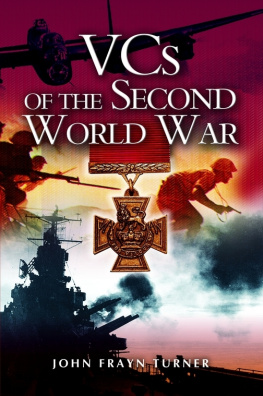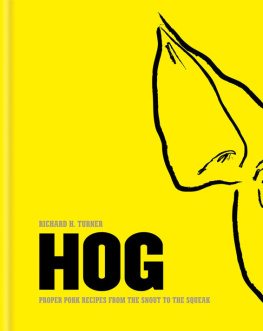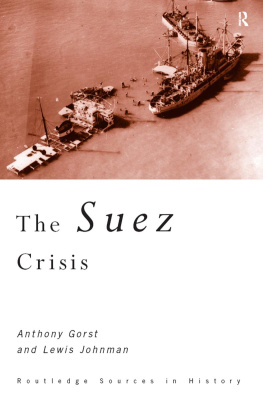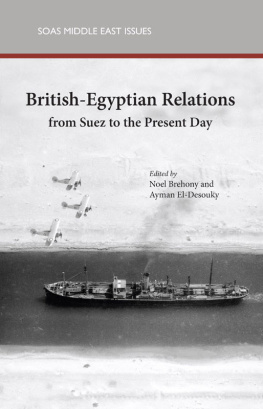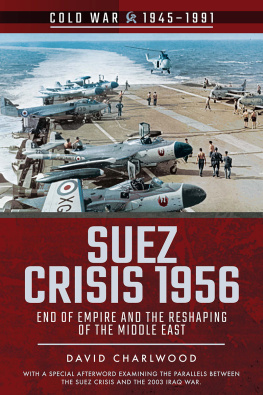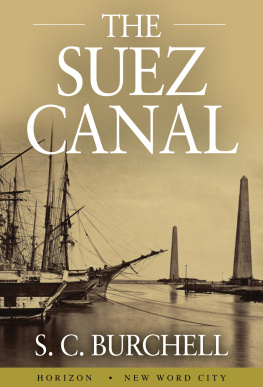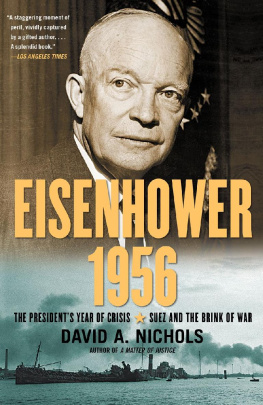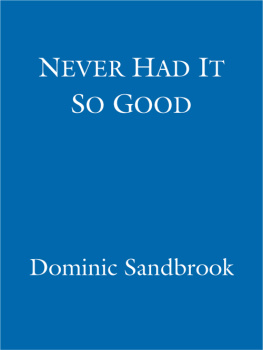Turner - Suez 1956
Here you can read online Turner - Suez 1956 full text of the book (entire story) in english for free. Download pdf and epub, get meaning, cover and reviews about this ebook. genre: Non-fiction. Description of the work, (preface) as well as reviews are available. Best literature library LitArk.com created for fans of good reading and offers a wide selection of genres:
Romance novel
Science fiction
Adventure
Detective
Science
History
Home and family
Prose
Art
Politics
Computer
Non-fiction
Religion
Business
Children
Humor
Choose a favorite category and find really read worthwhile books. Enjoy immersion in the world of imagination, feel the emotions of the characters or learn something new for yourself, make an fascinating discovery.

- Book:Suez 1956
- Author:
- Genre:
- Rating:5 / 5
- Favourites:Add to favourites
- Your mark:
- 100
- 1
- 2
- 3
- 4
- 5
Suez 1956: summary, description and annotation
We offer to read an annotation, description, summary or preface (depends on what the author of the book "Suez 1956" wrote himself). If you haven't found the necessary information about the book — write in the comments, we will try to find it.
Suez 1956 — read online for free the complete book (whole text) full work
Below is the text of the book, divided by pages. System saving the place of the last page read, allows you to conveniently read the book "Suez 1956" online for free, without having to search again every time where you left off. Put a bookmark, and you can go to the page where you finished reading at any time.
Font size:
Interval:
Bookmark:
Also by Barry Turner
... And the Policeman Smiled
When Daddy Came Home
Equality For Some
A Place in the Country
Countdown to Victory
AS EDITOR
The Writers Handbook
The Statesmans Yearbook

www.hodder.co.uk
First published in Great Britain in 2006 by Hodder & Stoughton
An Hachette UK company
Copyright Barry Turner 2006
The right of Barry Turner to be identified as the Author of the Work has been asserted by him in accordance with the Copyright, Designs and Patents Act 1988.
All rights reserved. No part of this publication may be reproduced, stored in a retrieval system, or transmitted, in any form or by any means without the prior written permission of the publisher, nor be otherwise circulated in any form of binding or cover other than that in which it is published and without a similar condition being imposed on the subsequent purchaser.
A CIP catalogue record for this title is available from the British Library
ISBN 9781 444 7 6485 7
Hodder & Stoughton Ltd
338 Euston Road
London NW1 3BH
www.hodder.co.uk
CONTENTS



The Suez Canal is 101 miles long (excluding 7 miles of approach channels to the harbours), connecting the Mediterranean with the Red Sea. Its minimum width is 197 ft. at a depth of 33 ft., and its depth permits the passage of vessels up to 34 ft. draught. It was opened for navigation on 17 November, 1869. The concession to the Suez Canal Company expires on 17 Nov., 1968. By the convention of Constantinople of 29 Oct., 1888, the canal is open to vessels of all nations and is free from blockade.
The Statesmans Yearbook, 1955
The Suez Canal, a work attempted centuries ago by ancient Egyptians, by Persians and Greeks and Romans and Arabs; advocated by some of the greatest minds of history; and finally executed under the genius of Ferdinand de Lesseps, has not been altogether a blessing. While serving the needs of mankind, promoting civilization and progress and bringing closer the East to the West, it has also been the cause of discord, of international rivalries, of economic imperialism and of war.
Charles W. Hallberg, The Suez Canal.
Its History and Diplomatic Importance,
Columbia University Press, 1931
Sunrise, 6 November 1956. On the placid blue waters of the Mediterranean, 130 British and French warships with aircraft carriers and heavy cruisers, accompanied by scores of destroyers and frigates the largest amphibious fighting force since the end of the Second World War stretched along the Egyptian coastline. For Donald Edgar, a reporter with the Daily Express and one of only two journalists invited to witness the invasion at first hand, it was a scene so spectacular as never to be forgotten.
It was a bright morning with a blue sky and our ship was in the centre of a great array of warships and transports which covered a great arc of sea from Port Fuad to the left of the Suez Canal to Port Said in the centre and Gamil airfield on the right. Our ship was nearly stationary about three miles off shore, distant enough to reduce the scene to the size of a coloured picture postcard and the warships to toys on the Round Pond in Kensington Gardens. It was only with an effort of will I could grasp that it was all for real, not a sequence from a film. It was really happening.
The anticipation had seemed interminable. The event that had sparked the action, the declaration by Gamal Abdel Nasser, head of Egypts ruling council, that the Suez Canal was to come under exclusive Egyptian control, had taken place three months and ten days earlier. It is hard now to imagine the consternation caused by a simple act of nationalisation. But the Suez Canal was not like any other waterway. Built by the French and long administered by an Anglo-French company, the canal was seen as Europes lifeline, the route by which Middle East oil was delivered to energy-hungry economies. Egypt was not to be trusted; Nasser was not to be trusted. The act of piracy, as the headline writers called it, had to be avenged. This was the moment.
While those on deck watched and waited below, troops in full battle gear were climbing into their landing craft. When they broke their routine to listen to muffled explosions coming from no one knew where, a loudspeaker voice calmed fears with an announcement that RAF jets were bombing the beaches. Soon after, the close-support destroyers opened up with broadsides.
To the left of the Canal entrance a great cloud of black smoke from burning oil tanks was drifting over Port Said forming a sinister cloud. Along the sea-front puffs of white smoke were rising from shell-fire and red flames were taking hold on the right where the shanty town lay... To the extreme left, off Port Fuad, the French sector, lay a great battleship, the Jean Bart, and from time to time it fired a heavy shell from its great guns which made the air tremble a little where I stood.
At 4.15 the troop carriers opened their bow doors and the ramps were lowered. Second Lieutenant Peter Mayo, a conscript officer with the Royal Marines, was in one of the first landing craft to hit the water.
Almost immediately some shore battery fired two rounds which landed in the sea about 100 yards to our right, but that was all. There was a tremendous barrage going on, and the noise was something with the shells passing close overhead and bursting all along the beach. We were about a mile out. There was a huge pall of smoke and dust through which at times we could see the outline of the first buildings on the beach. Luckily two or three prominent church towers were quite visible to give us direction. A stirring sight was the RAF jets which came screaming down in a steep dive to sweep through the dust cloud, dropping bombs first and then zooming out the other end to turn and make a second run firing rockets and cannon, whose tracers could be seen jabbing viciously along the beach. Soon many of the
Still the passive observer, Donald Edgar was telling himself how lucky he was,
... standing on the bridge watching the most impressive military operation the British had put on for many a year, with parachutists, marine commandos, tanks, aircraft and a naval bombardment. What is more I was looking at it all in safety. In the cussed way of the English I think this last factor was beginning to have its effect on me. I was beginning to feel sorry for the people of Port Said who were on the receiving end.
I remembered only too well what it felt like. In 1940 in France it was the Germans who had the tanks, the aircraft and the overwhelming force and I was at the receiving end, taking shelter in ditches and cellars. However, I fought these feelings back. A few miles away British troops were fighting their way through a city, perhaps against heavy opposition, suffering casualties.
Edgar was stretching the imagination in mentioning the parachutists. The drop had taken place twenty-four hours earlier after the French and British bombers had virtually wiped out the Egyptian air force before it could even get into the air. More than two hundred aircraft had run relays over the twelve main Egyptian airfields, attacking the hangars and installations every fifteen minutes over eleven and a half hours with rockets, cannon and multiple machine guns. If the Egyptian airforce was ever a serious military factor, reported Hanson Baldwin of the
Next pageFont size:
Interval:
Bookmark:
Similar books «Suez 1956»
Look at similar books to Suez 1956. We have selected literature similar in name and meaning in the hope of providing readers with more options to find new, interesting, not yet read works.
Discussion, reviews of the book Suez 1956 and just readers' own opinions. Leave your comments, write what you think about the work, its meaning or the main characters. Specify what exactly you liked and what you didn't like, and why you think so.

